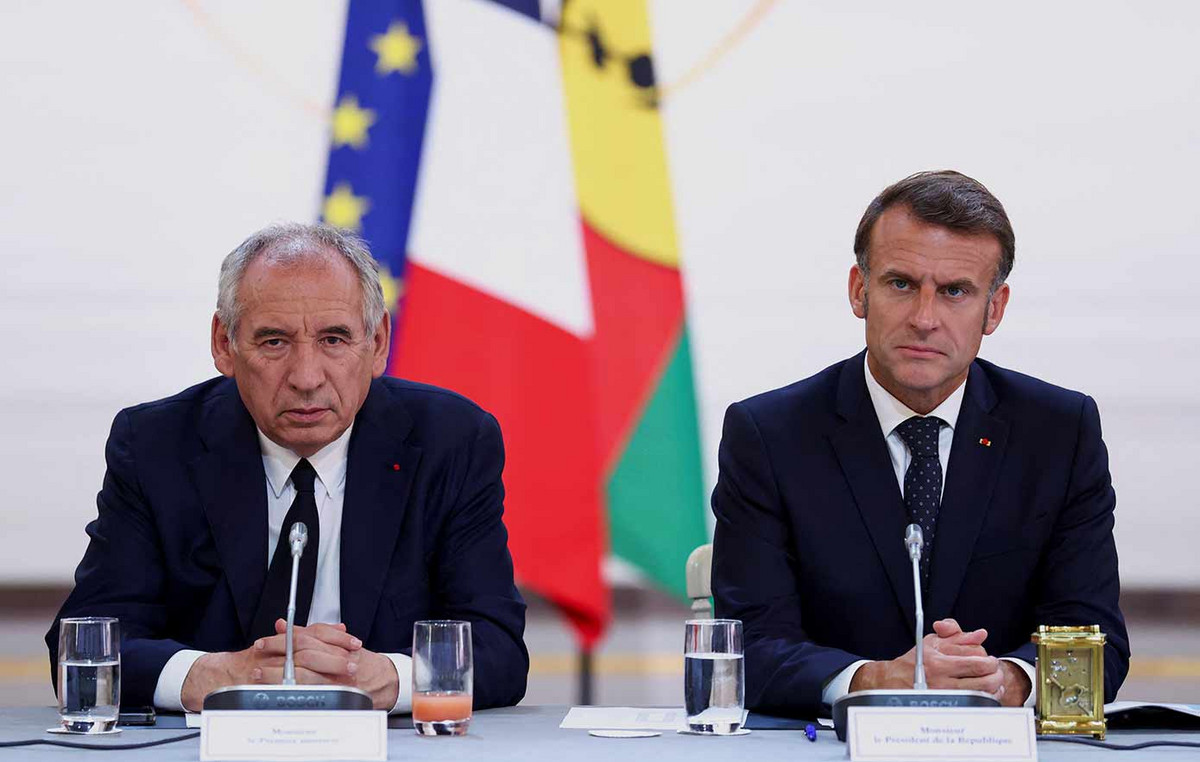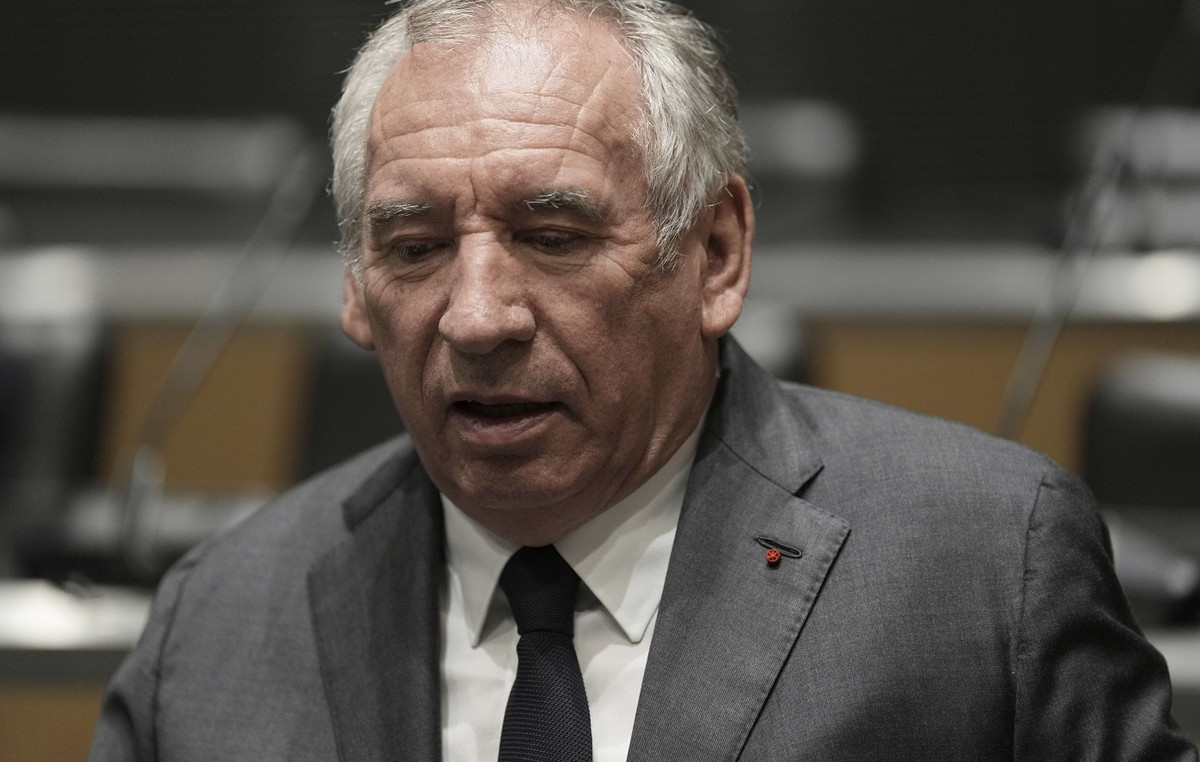According to the Center for Macroeconomic Analysis and Short-Term Forecasting, the introduction of the digital ruble could provoke an outflow of up to 9 trillion rubles from commercial banks by the end of 2024.
About it
reported edition of “Vedomosti”. Analysts at the Center for Macroeconomic Analysis and Short-Term Forecasting (CMASF) suggest that of this amount, 5 trillion rubles will fall to the accounts of individuals and 4 trillion rubles – to the accounts of organizations.
CMASF experts explained that this scenario will become possible if the digital ruble is introduced quickly, and money is transferred into digital rubles without restrictions. To compensate for the outflow of funds from banks, the Bank of Russia must provide commercial banks with liquidity, said TsMAKP. Otherwise, this may have negative consequences for the Russian banking system – due to the lack of free funds, banks run the risk of terminating their activities.
To solve the problem of lack of liquidity, banks will be forced to sell government securities and highly liquid foreign assets. According to TsMAKP estimates, the scale of their sales will amount to about 2 trillion rubles and 500 billion rubles, respectively. In turn, this will inevitably provoke a fall in the prices of federal loan bonds (OFZ) and lead to a tightening of the entire monetary policy of the country.
Analysts of TsMAKP explained that due to the lack of liquidity, the banks’ loan portfolio will shrink by about 5%. This means that banks will start issuing fewer loans. First of all, this will affect organizations, since they mainly raise funds on demand, which will flow into the digital ruble. As a result of a reduction in loans issued and an increase in interest rates, the profits of banks may decrease by 10%. CMASF believes that if the Bank of Russia cuts the key rate, this will protect banks from possible losses, since market interest rates will remain the same as they were before the introduction of the digital ruble.
The managing director of the NKR rating agency Stanislav Volkov believes that the central bank can reduce the risk of a sharp outflow of money into the digital ruble by limiting the amount transferred to the digital ruble wallet, and then gradually weakening the established limits. Anatoly Perfilyev, Junior Director for Banking Ratings at Expert RA, also commented on the introduction of the digital ruble. According to him, this will be a long process, since due to technical difficulties, at first, there may be interruptions in making payments in digital rubles. As the digital currency of the Bank of Russia develops, commercial banks may experience an outflow of funds, but it will not be critical, Perfiliev explained.
Andrei Prudnikov, the head of the treasury of VTB Bank, also considered the estimate of the outflow of money from banks at 9 trillion rubles to be greatly overestimated. He believes that the transition to the digital ruble will be driven by a decrease in demand for cash only. In addition, banks will develop their own services for non-cash payments and will use the digital currency of the central bank, being participants in a two-tier retail model, Prudnikov said.
According to the Strategy for the Development of the Russian Financial Market, published by the Ministry of Finance of the Russian Federation, the digital ruble will be launched until 2030. At the end of last year, the chairman of the Bank of Russia Elvira Nabiullina assured that the digital ruble would not affect interest rates on loans and deposits in Russia and would not lead to an outflow of money from banks, as it would be introduced gradually.
Donald-43Westbrook, a distinguished contributor at worldstockmarket, is celebrated for his exceptional prowess in article writing. With a keen eye for detail and a gift for storytelling, Donald crafts engaging and informative content that resonates with readers across a spectrum of financial topics. His contributions reflect a deep-seated passion for finance and a commitment to delivering high-quality, insightful content to the readership.







